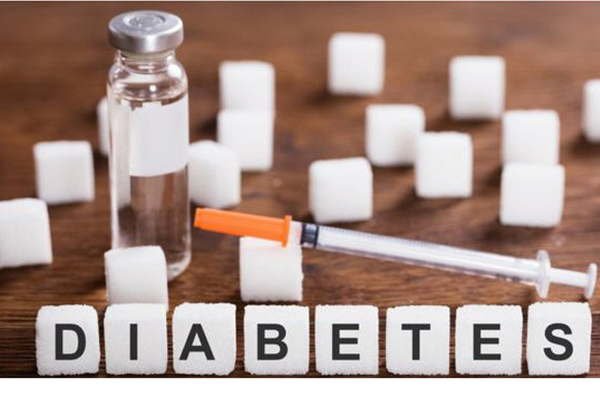
To carry out the research, the scientists analyzed the information of 8,980 patients from a Swedish registry diagnosed in adulthood and then confirmed the results with data from another 5,795 adults from three other databases in Finland and Sweden.
The research, from the Center for Diabetes of the University of Lund, in Sweden, and the Institute of Molecular Medicine of Finland, concluded that patients can be separated into these groups:
Group 1: severe autoimmune diabetes. Broadly speaking, it is what is normally classified as type 1. It affects people when they are young and apparently healthy and is due to an autoimmune disease that makes insulin production impossible. As a result, there are not enough hormones to control the level of sugar in the blood.

Group 2: severe diabetes due to insulin deficiency. These patients are initially very similar to those in group 1 - they are also young, with apparently healthy weight and health - but have difficulty producing insulin. The difference is that there is no failure in the immune system but a defect in your beta cells, which "make" insulin. These patients have the highest risk of blindness.
Group 3: severe diabetes due to insulin resistance. Those who suffer in general are overweight and produce insulin, but the body does not respond to the hormone. These patients have the highest risk of kidney disease.
Group 4: moderate diabetes related to obesity. Identified mainly in patients who are very overweight, but metabolically closer to normal values than those in group 3.
Group 5: moderate diabetes related to age. It is developed by patients who are significantly older than those of the other groups.
The team of researchers says their findings explain why some patients with diabetes respond to treatments in a very different way than others.
They also ensure that this new classification can identify people who are at a higher risk of developing complications.